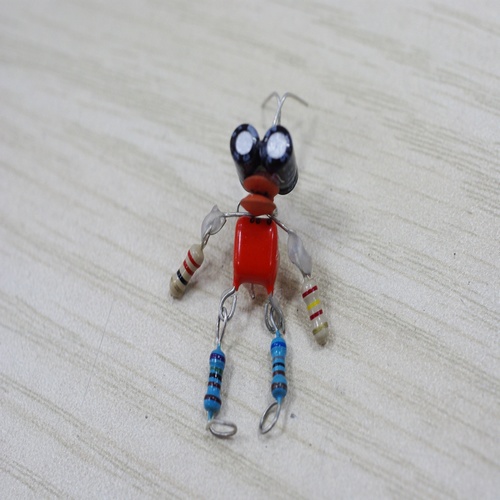Practical characteristics
The temperature
coefficient of the resistance may also be of concern in some
precision applications. Practical resistors are also specified as having a
maximum power
rating which must exceed the anticipated power dissipation of that resistor in
a particular circuit: this is mainly of concern in power electronics
applications. Resistors with higher power ratings are physically larger and may
require heat sinks.
In a high-voltage circuit, attention must sometimes be paid to the rated maximum
working voltage of the resistor.
Practical resistors have a series inductance
and a small parallel capacitance;
these specifications can be important in high-frequency applications. In a low-noise
amplifier or pre-amp, the noise
characteristics of a resistor may be an issue. The unwanted inductance, excess
noise, and temperature coefficient are mainly dependent on the technology used
in manufacturing the resistor. They are not normally specified individually for
a particular family of resistors manufactured using a particular technology.
A family of discrete resistors is also characterized according to its form factor, that is, the size of the device and the position of its leads (or terminals) which is relevant in the practical manufacturing of circuits using them.
